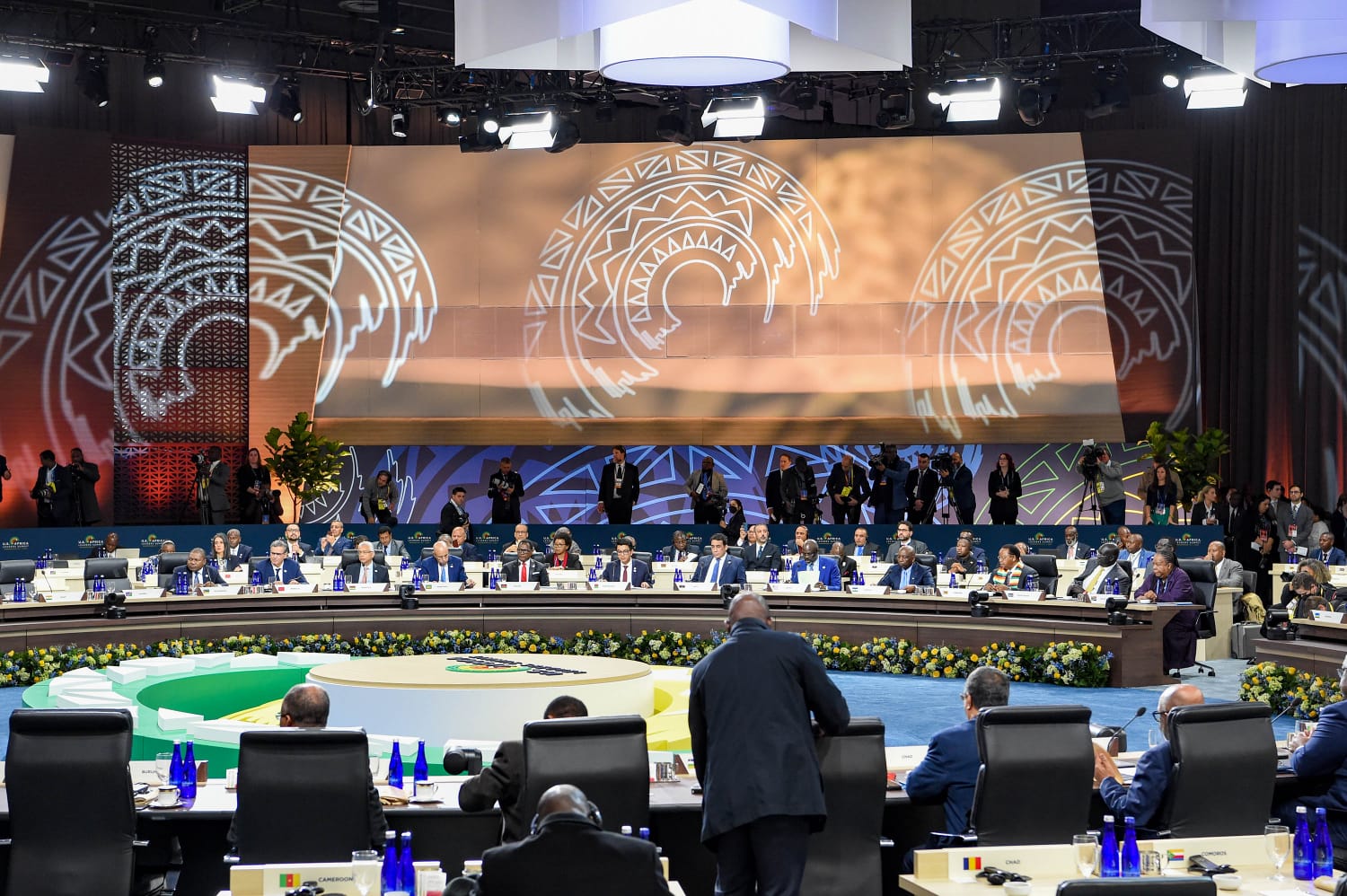
For decades, Africa’s economic potential has been constrained by limited global exposure and trade opportunities. As the forces of globalization have swept across the world, they have ushered in a new era of possibility for the African continent. At the forefront of this transformation stands the African Growth and Opportunity Act (AGOA) – a pioneering trade program that has served as a vital bridge between the United States and Africa for the past 20 years. By granting eligible sub-Saharan African countries duty-free access to the vast U.S. market, AGOA has catalyzed trade ties, stimulated economic growth, and driven deeper integration of the continent into the global economy.
The criteria for AGOA eligibility are outlined in the legislation, requiring participating countries to demonstrate progress in establishing market-based economies, upholding the rule of law, combating corruption, and implementing policies to reduce poverty. Subject to these criteria, the decision to authorize each country’s utilization of AGOA preferences ultimately rests with the U.S. President on an annual basis[1].
Since its inception, AGOA has transformed the economic landscape, with over 40 sub-Saharan African countries qualifying for the program over the years. As of 2024, 39 countries are designated as AGOA beneficiaries. However, the U.S. Congress recently proposed amendments that would extend the program’s lifespan to 2041, and even expand it to cover all 54 African countries. This would therefore see AGOA beneficiaries increase their exports under the agreement. [2]The extension is expected to integrate AGOA with the African Continental Free Trade Agreement (AfCFTA) to support the development of intra-African supply chains.
As the program approaches its expiration in 2025, it is crucial to examine the opportunities and challenges that lie ahead for its renewal post-2025. This paper seeks to determine how AGOA can be adapted and strengthened to continue supporting economic growth and mutually beneficial trade between the United States and sub-Saharan Africa in the years to come.
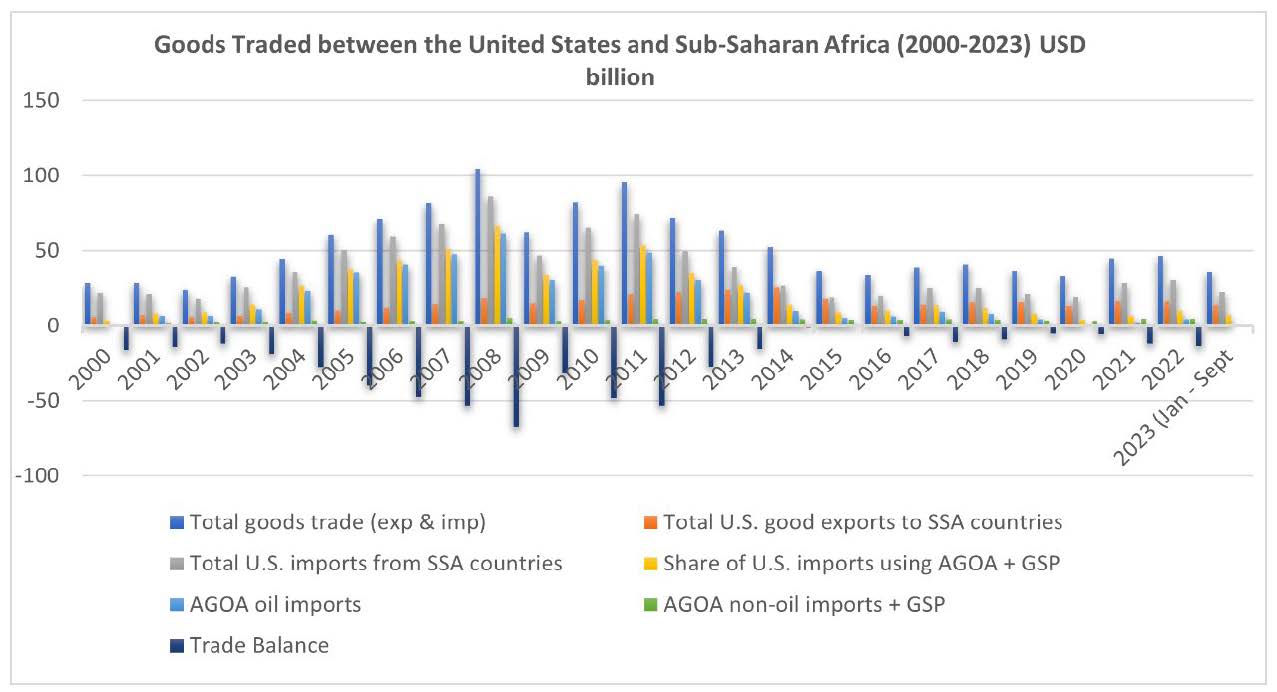
Enacted in 2000, the program has had a significant impact on trade relations between Africa and the U.S. over the past two decades. U.S. imports from AGOA beneficiaries have risen from $8.15 billion in 2001 to $29.3 billion in 2023 while total goods traded stood at $47.5b in 2023 from $44.4b in 2004, highlighting the program’s success in boosting trade and investment between the two regions[3]. The trade preferences have particularly benefited sectors like apparel, textiles, agriculture, and light manufacturing. For instance, the U.S. textile and apparel industry has had significant growth, with U.S. imports from AGOA beneficiaries increasing by 25% between 2019 and 2020 alone.
The benefits of AGOA have not been evenly distributed across sub-Saharan Africa. Even though some countries have been more successful in leveraging the program, others have faced significant hurdles. For instance, South Africa, the top supplier of AGOA non-energy imports has seen an increase in 46% in eligible imports from 2021 to 2022, driven partly by higher motor vehicle exports. This illustrates the program’s potential to boost exports of value-added products.[4]
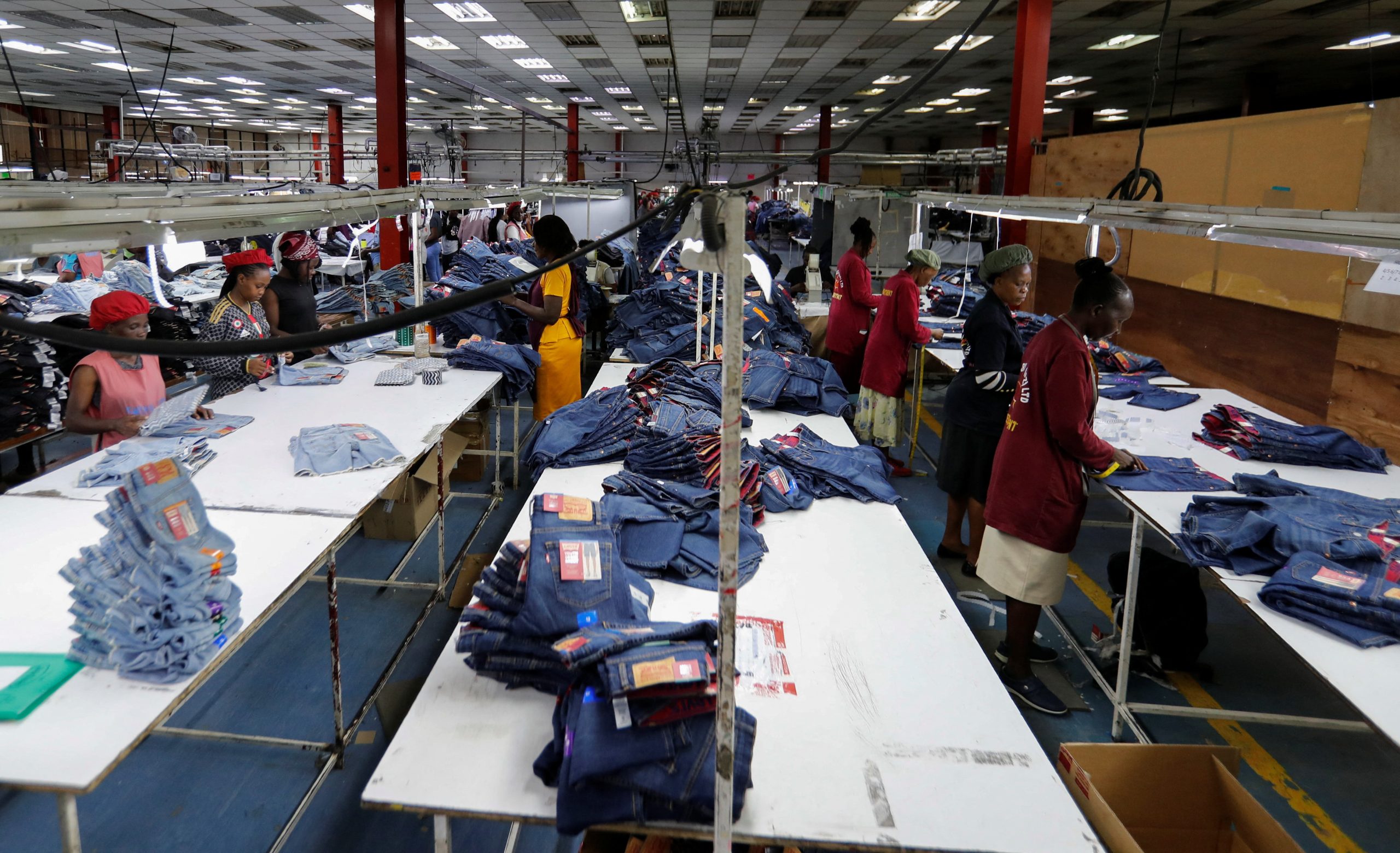
In other countries, political instability such as in Ethiopia and economic deficiencies weakened AGOA participation. Unconstitutional changes in government through military coups, as witnessed in Guinea and Mali has led to suspension from AGOA. Gross human rights violations as seen in the Tigray conflict in Ethiopia were cited as grounds for removal by the U.S. In addition, the lack of sufficient implementation of economic reforms, diversification, and integration into global value chains limited the impact of AGOA in a number of countries. As a result of this deficiency, Cameroon, Mauritania, Burundi, Equatorial Guinea, and Eritrea struggled to leverage AGOA therefore undermining their ability to maintain eligibility and fully capitalize on trade preferences.
Overtime, there has been a raised concern about the program’s long-term sustainability and its development impact due to uneven utilization and participation in AGOA. As the global trading landscape evolve, AGOA has faced new challenges from China’s rising influence in Africa and the increasing emphasis on issues like digital trade and environmental standards. This calls for a need to address the evolving realities of global trade. African countries ought to pursue provisions that facilitate digital trade, including smoother data flow, fair treatment of digital products, and cooperation with respect to regulations. This may further help leverage on digital tools and participate more actively in global value chains. Environmental considerations are increasingly important. A renewed AGOA can be tailored to promote trade in green growth, support sustainable production methods, and address concerns related to carbon footprint of traded goods.
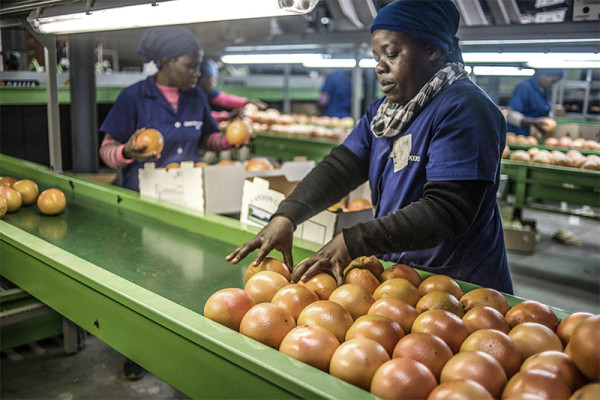
Meanwhile, China has become the largest trading partner to Africa, with $168 billion in annual Chinese-African trade dwarfing the United States’ $37 billion. Chinese participation in diplomatic and commercial efforts, such as the Forum on China-Africa Cooperation, have resulted in China today accounting for 17.7% of total African exports, compared to the U.S. which accounts for 6.5% of African exports.[5] Looking ahead to the post-2025 period, there are both opportunities and challenges that lies ahead;
Opportunities Post-2025
Economic Diversification
The renewal of AGOA presents a golden opportunity for African nations to break free from their reliance on traditional exports and venture into new, high-value industries. According to the Africa trade ministers, AGOA’s preferential market access can be the catalyst their countries need to expand into emerging sectors and better integrate into global value chains[6]. However, achieving this substantial diversification will not be without its challenges. As the U.S. Chamber of Commerce noted, African countries must overcome persistent capacity constraints and strengthen their institutions across the board. The U.S. government emphasized its willingness to provide the necessary technical assistance to help African partners develop new export sectors and attract crucial investments in areas like telecommunications and infrastructure[7].
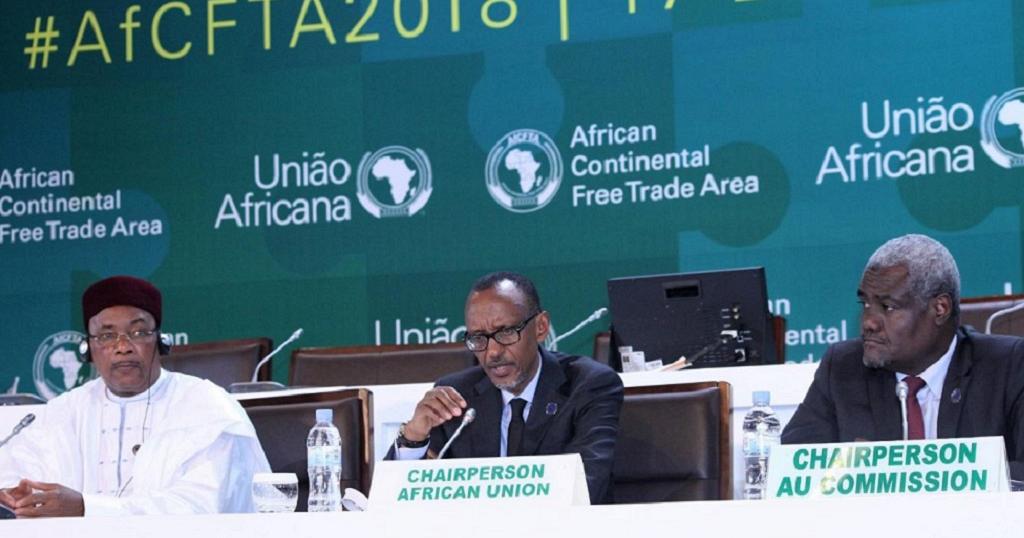
Strengthening Regional Integration
African stakeholders, such as the African Union and the AfCFTA Secretariat, consider AGOA as a powerful complement to the ambitious African Continental Free Trade Area (AfCFTA). By aligning these two initiatives, they can leverage the U.S. market access provided by AGOA to support their broader agenda of boosting regional supply chains and intra-African trade. The potential for economic dynamism across Africa is significant considering the continent’s vast consumer market of 1.3 billion people. The establishment of the AfCFTA encompassing 54 member states, presents a historic opportunity to unleash the power of intra-African trade and integration. With the right support and investments, the challenges currently hindering greater regional economic integration -such as capacity constraints, can be transformed into opportunities.
Attracting investment and building new industries
From the U.S. perspective, AGOA’s ability to attract foreign direct investment (FDI) to Africa is a key opportunity. The stable and predictable trade environment it provides can incentivize American companies to invest in the region, seeing it as a gateway to new markets. Additionally, the U.S. may view AGOA as a platform to negotiate bilateral trade agreements with individual African countries, further strengthening economic ties.
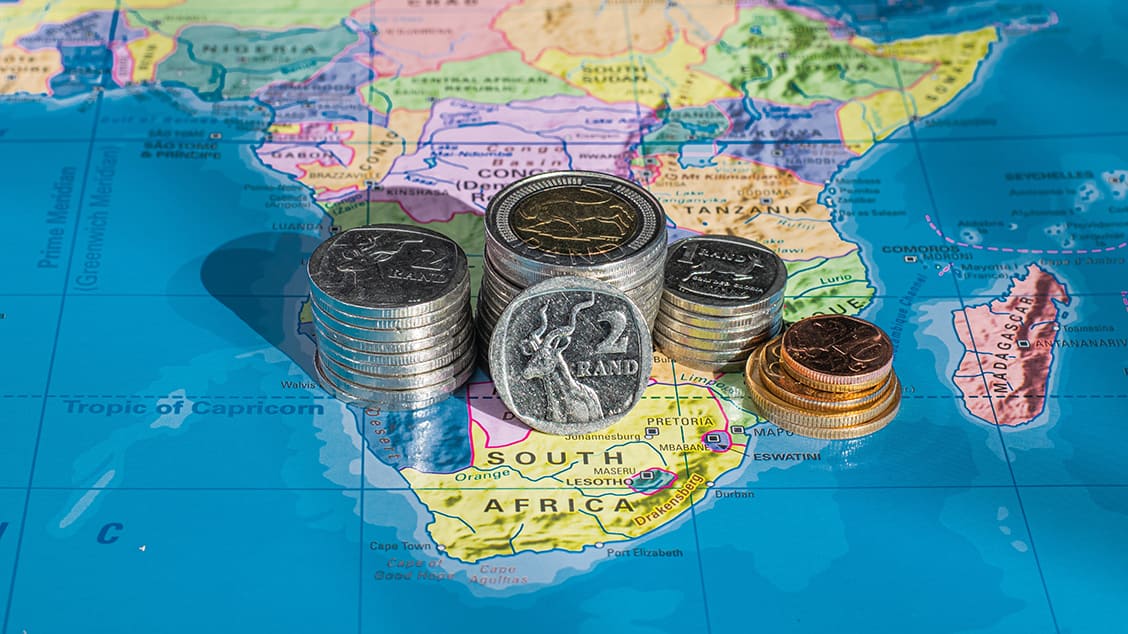
African stakeholders, on the other hand, see U.S. technical assistance in developing critical sectors like infrastructure and telecommunications as crucial for attracting coveted FDI. By promoting the growth of new industries, AGOA can help reduce the continent’s dependency on traditional exports and create more sustainable, value-added economic activity.
Both sides also recognize the strategic chance to leverage AGOA to position African countries as key players in global supply chains. This could offer alternatives to established hubs, enhancing the competitiveness of the continent’s exports and integrating its economies deeper into the world market. It’s a win-win scenario – the U.S. gains new sources of goods and services, while Africa secures a place at the heart of the global economy.
Challenges post 2025
Navigating Complex Negotiations
As the African Growth and Opportunity Act (AGOA) approaches its expiration in 2025, the negotiations to renew and potentially reshape the program will face significant hurdles. The differing priorities and interests of the U.S. and African nations may complicate the process. While the U.S. is likely to focus on tightening eligibility requirements and bolstering monitoring systems to align AGOA with its broader strategic objectives, African trade ministers have advocated for an expansion of the program’s product coverage, more flexible rules of origin, and a longer-term extension.
Adding to the complexity, the growing landscape of trade agreements in Africa, such as the African Continental Free Trade Area (AfCFTA), could introduce an element of competition. Some African countries may seek to leverage their participation in these regional initiatives to negotiate more favourable terms with the U.S. during the AGOA renewal process. Navigating these competing demands will require skilful diplomacy and willingness to compromise on both sides.

Navigating the Competitive Landscape
The impact of other trade agreements like the AfCFTA on AGOA will need to be carefully navigated as the U.S. and African countries negotiate the renewal of AGOA. There are significant opportunities to align AGOA and AfCFTA to support intra-African trade and economic integration. Extending AGOA cumulation to all AfCFTA members, including North Africa, could incentivize investment and regional value chains. The combination of AGOA preferences and the larger AfCFTA market could open new trading and investment opportunities for African producers. Integrating AGOA with AfCFTA can support the development of intra-African supply chains.
However, African countries may also leverage regional agreements like AfCFTA to negotiate more favorable terms with the U.S. during the AGOA renewal process. AfCFTA provides a platform for African nations to coordinate positions and negotiate as a bloc with the U.S. Countries may push for expanded product coverage, more flexible rules of origin, and longer transition periods under a renewed AGOA.
Maintaining Stability and Engagement
Risks associated with economic and political instability in some African countries could undermine the stable trade environment necessary for long-term planning and investment under AGOA. Maintaining a conducive environment for trade and development will be a key challenge. The U.S. should employ a variety of political tools to address disputes with African partners, rather than using AGOA as a lever of influence.

In conclusion, opportunities and challenges lie ahead for the AGOA renewal and evolution even as its expiration approaches in 2025. Over the past 20 years, the program has had a positive impact on boosting trade between the US and Africa though the benefits have been unevenly distributed across the region. Looking ahead, the program presents significant opportunities to drive economic diversification and position African countries as strategic players in global supply chains. However, the renewal negotiations post-2025 would face difficult challenges as the differing priorities of the U.S. and African countries may complicate the process. Even if a renewed AGOA agreement is successfully negotiated, effective implementation and compliance will face several key hurdles that will require robust monitoring and enforcement mechanisms. Aligning domestic policies, providing capacity building support, maintaining political will, addressing disputes, and ensuring equitable distribution of benefits are just some of the challenges that must be overcome through ongoing collaboration between U.S. and African stakeholders to fully realize the potential of a renewed AGOA framework. Finally, the future success of AGOA will depend on the ability of both parties to navigate these complexities while maintaining a shared commitment to the AGOA’s core objectives of promoting economic growth and mutually beneficial trade.
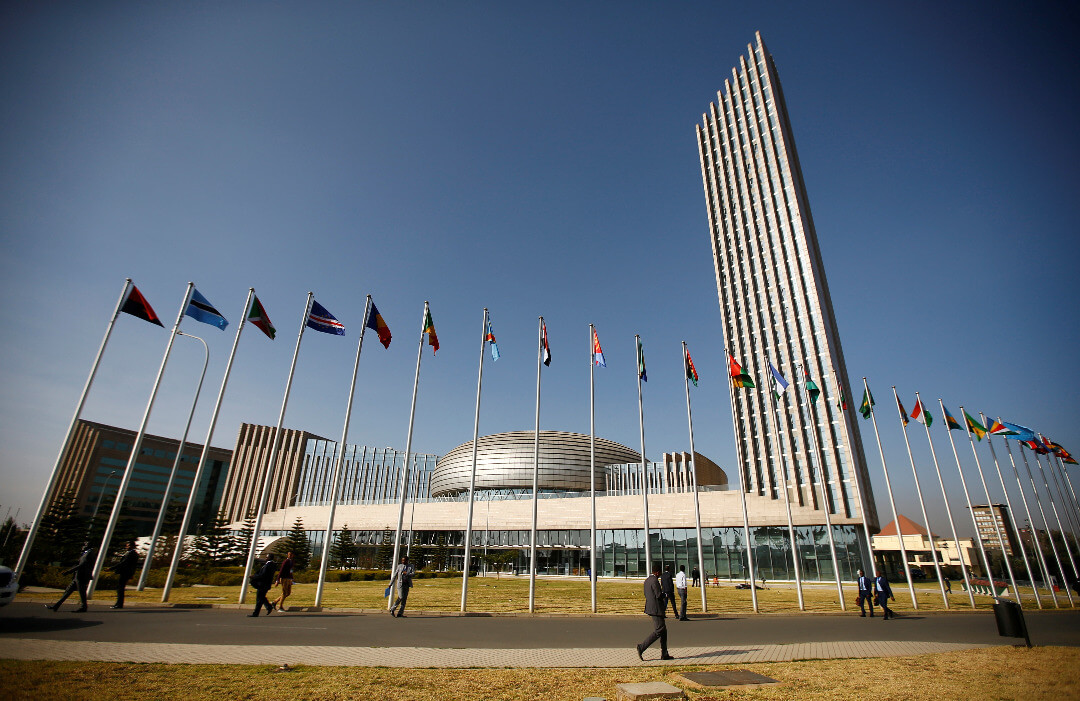
To this end, there is need for a multi-prolonged strategy; the renewal negotiations should aim to adopt a longer-term extension of the program, ideally aligning it with the timeline of the African Continental Free Trade Area (AfCFTA) to capitalize on synergies between the two initiatives. Second, the eligibility criteria should be reformed to incentivize economic diversification, regional integration, and the development of global value chains, with a focus on attracting investment in high-potential sectors like telecommunications, infrastructure, and renewable energy. Third, the U.S. should significantly scale up its provision of technical assistance and capacity building support to help African countries overcome supply-side constraints and better leverage AGOA’s trade preferences. Finally, robust mechanisms for monitoring and enforcement should be established to ensure the equitable distribution of AGOA’s benefits and prevent misuse of the program.
References:
Yeboah, O., Shaik, S., & Wuaku, M. (2021). AGOA: Economic and Political Effects on FDI Flows Into Sub-Saharan Africa. Journal of Applied Business and Economics, 23(5).
Tadesse B. The Impacts of the African Growth Opportunity Act on the Economic Performances of Sub-Saharan African Countries: A Comprehensive Review. Sci. 2024; 6(1):14. https://doi.org/10.3390/sci6010014
CSIS. (2023, June 15). Beyond 2025: The Future of the African Growth and Opportunity Act. Retrieved from https://www.csis.org/analysis/beyond-2025-future-african-growth-and-opportunity-act
IATP. (2023, September 20). AGOA renewal: Committing to trade and development in Africa. Retrieved from https://www.iatp.org/agoa-renewal-trade-and-development-africa
ISS Africa. (2023, November 10). All agree AGOA should be renewed – but how? Retrieved from https://issafrica.org/iss-today/all-agree-agoa-should-be-renewed-but-how
AGOA.info. (2023, November 10). Securing Africa’s future beyond AGOA. Retrieved from https://agoa.info/news/article/16319-securing-africa-s-future-beyond-agoa.html
Africanews. (2023, November 9). AGOA’s Future: Challenges and Promising Alternatives. Retrieved from https://www.africanews.com/2023/11/09/agoas-future-challenges-and-promising-alternatives-business-africa/
https://unctad.org/system/files/official-document/aldcinf2023d2_en.pdf
https://agoa.info/news/article/15783-the-strategic-importance-of-agoa.html
[1] https://agoa.info/about-agoa/country-eligibility.html
[2] Tadesse B. The Impacts of the African Growth Opportunity Act on the Economic Performances of Sub-Saharan African Countries: A Comprehensive Review. Sci. 2024; 6(1):14.
[3] Allison Center for National Security. (2024, June 10). The Right Future for the Africa Growth and Opportunity Act (Issue Brief No. 5354).
[4] Allison Center for National Security. (2024, June 10). The Right Future for the Africa Growth and Opportunity Act (Issue Brief No. 5354).
[5] Moses, O., Ngui, D., Engel, L., & Kedir, A. (2024). China Africa Economic Bulletin: 2024 Edition. Global Development Policy Centre.
[6] https://crsreports.congress.gov/product/pdf/IF/IF10149
[7] United Nations Conference on Trade and Development. The African Growth Opportunity Act: A Review of Its Benefits, Utilization, and Results.
